Category: Purely Technical
-
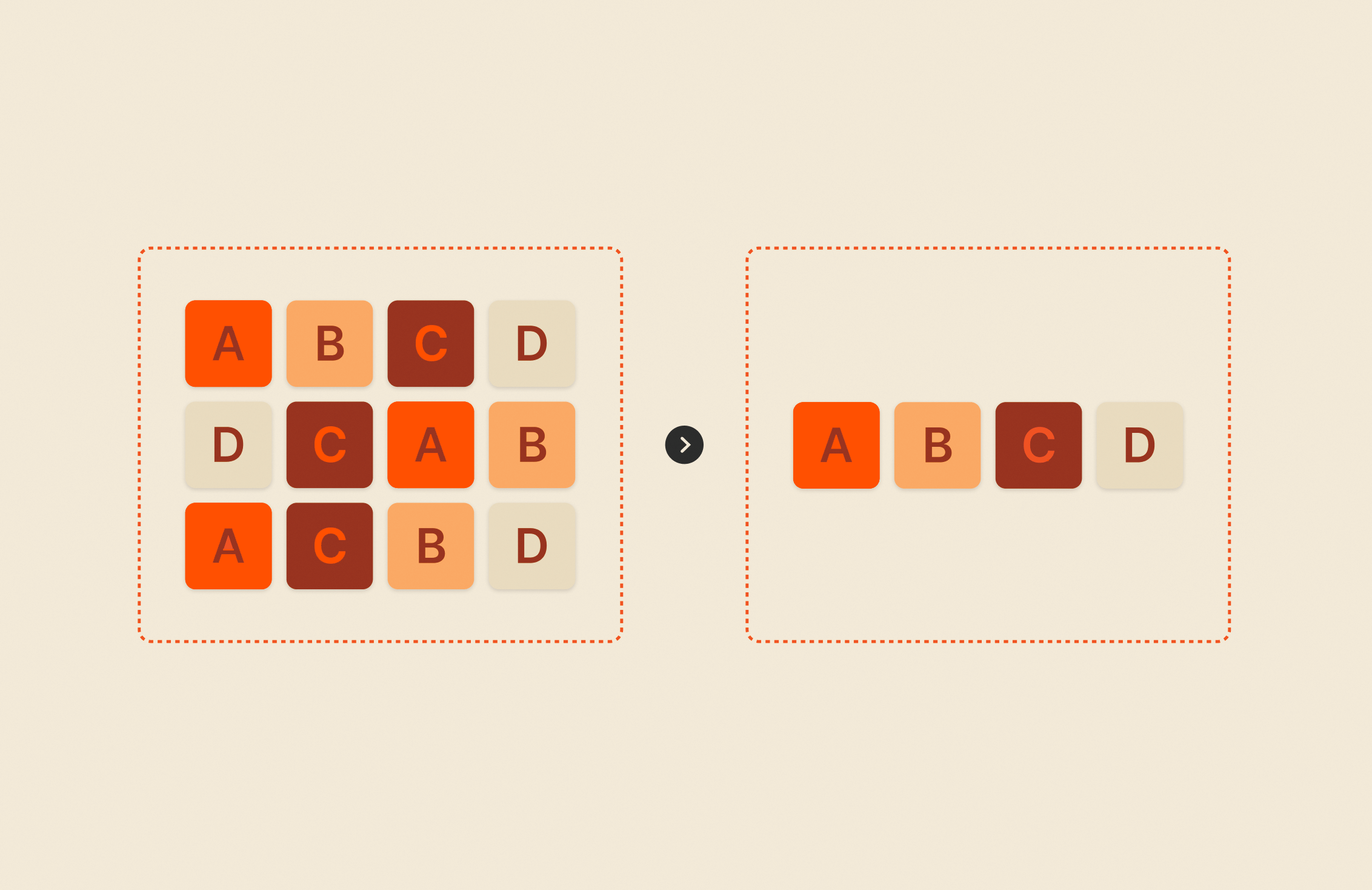
Understanding Deduplication Ratios
This article explores how deduplication ratios are derived and variables to look for when calculating them.
-
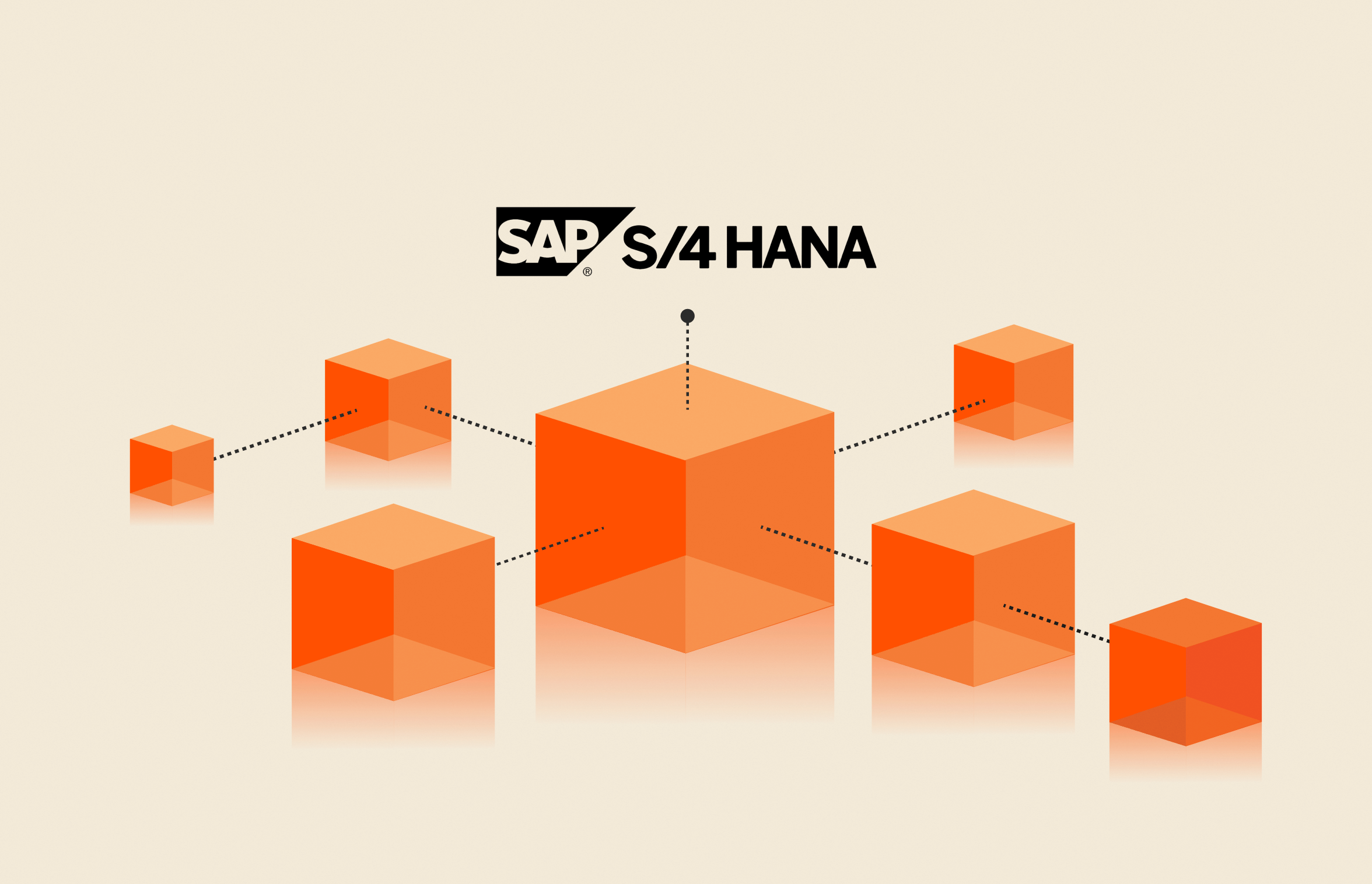
SAP HANA on Pure Storage FlashArray File
This article walks you through the steps for installing an SAP HANA system on FlashArray using the file services capabilities.
-

Oracle Database 19c on Oracle Direct NFS Using FA File
This article provides instructions on how to configure a FlashArray system for NFS and an Oracle 19c database for Oracle Direct NFS (dNFS).
-

Enabling SCSI_ID on VMware
Learn how to preserve device names across reboots in Linux using udev rules, and how to resolve scsi_id issues on VMware by enabling the disk.
-
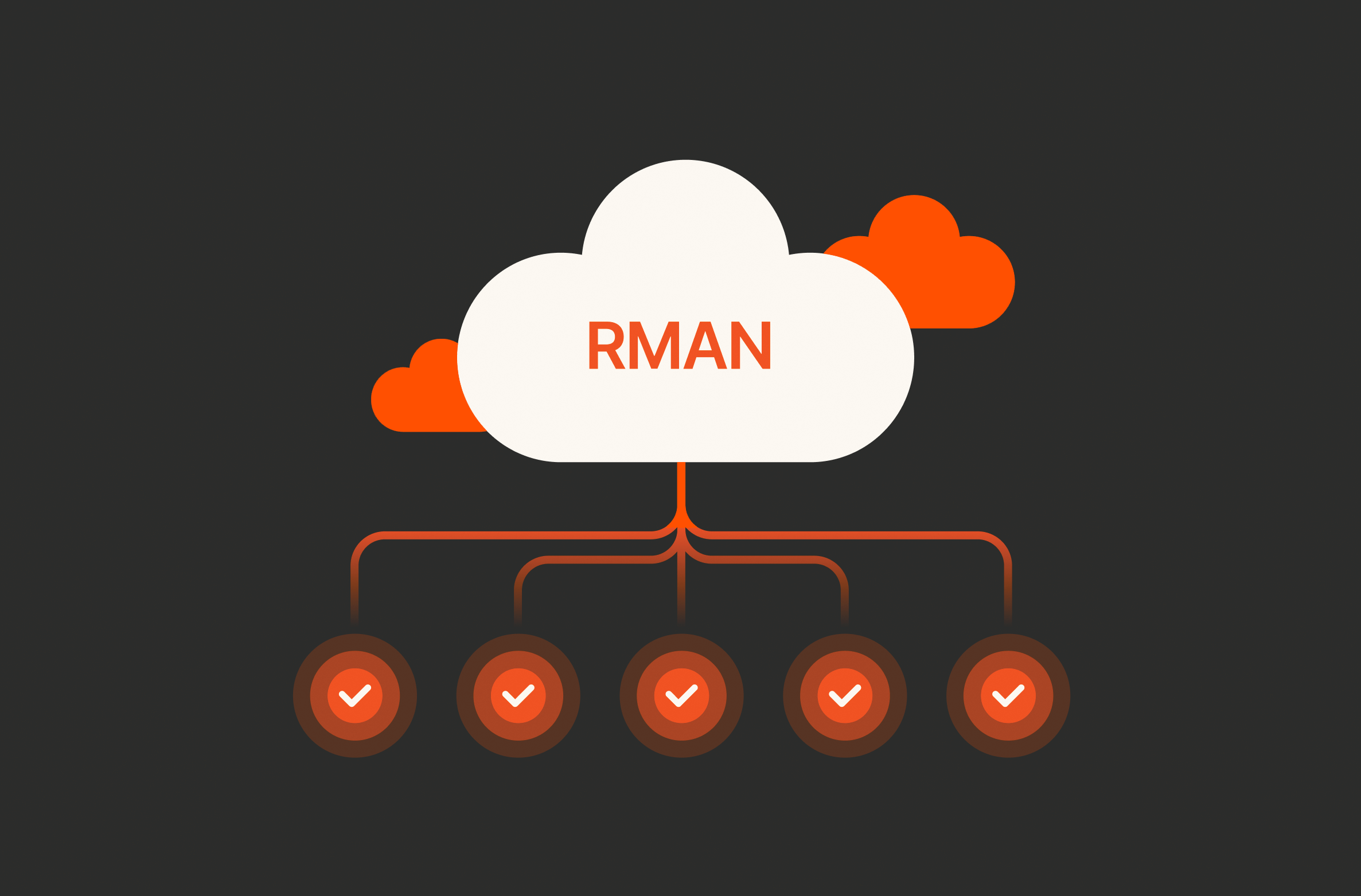
RMAN Backups Using Mount Host on Pure FlashArray
This blog covers the process to take a full database backup of a huge database using Pure FlashArray snapshots as a source and backing it up using Oracle RMAN from a mount host (secondary host; some backup vendors refer them as proxy host) into the secondary medium.
-
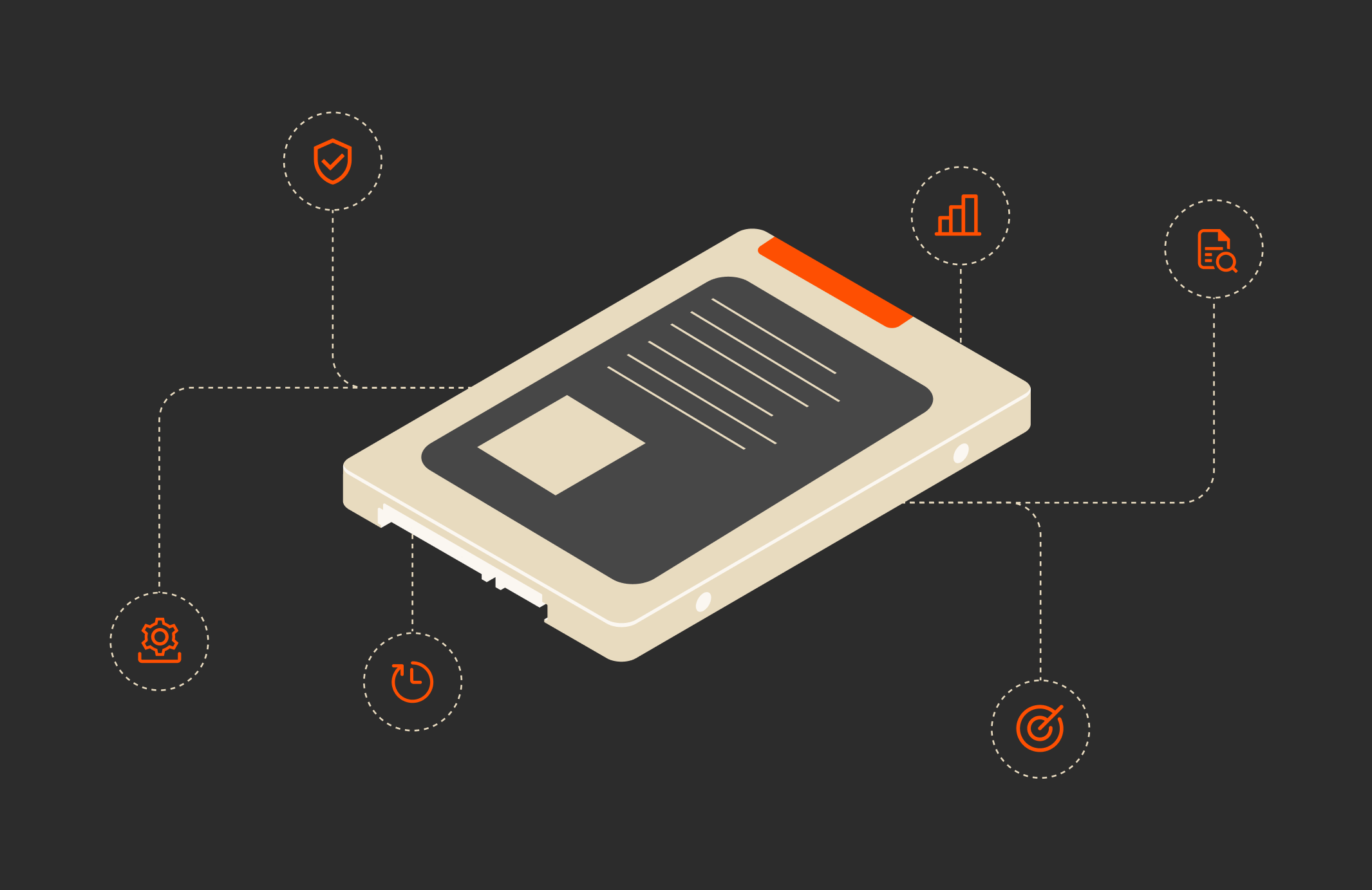
IO Plumbing Tests with FIO
Learn how to perform IO plumbing tests with FIO, a powerful benchmarking tool, including updated best practices, modern configurations for NVMe and persistent memory, and tips for simulating real-world workloads.
-

Best Practice: Disable Disk Fragmentation Scheduled Task
Learn how to efficiently disable disk fragmentation for Pure Storage FlashArray using a simple PowerShell script. Optimize your storage performance by eliminating unnecessary defragmentation tasks.
-

ASM Migration with External Redundancy
This post is an attempt to illustrate the Oracle ASM migration on diskgroup with EXTERNAL redundancy, with accompanying scripts and code.
-
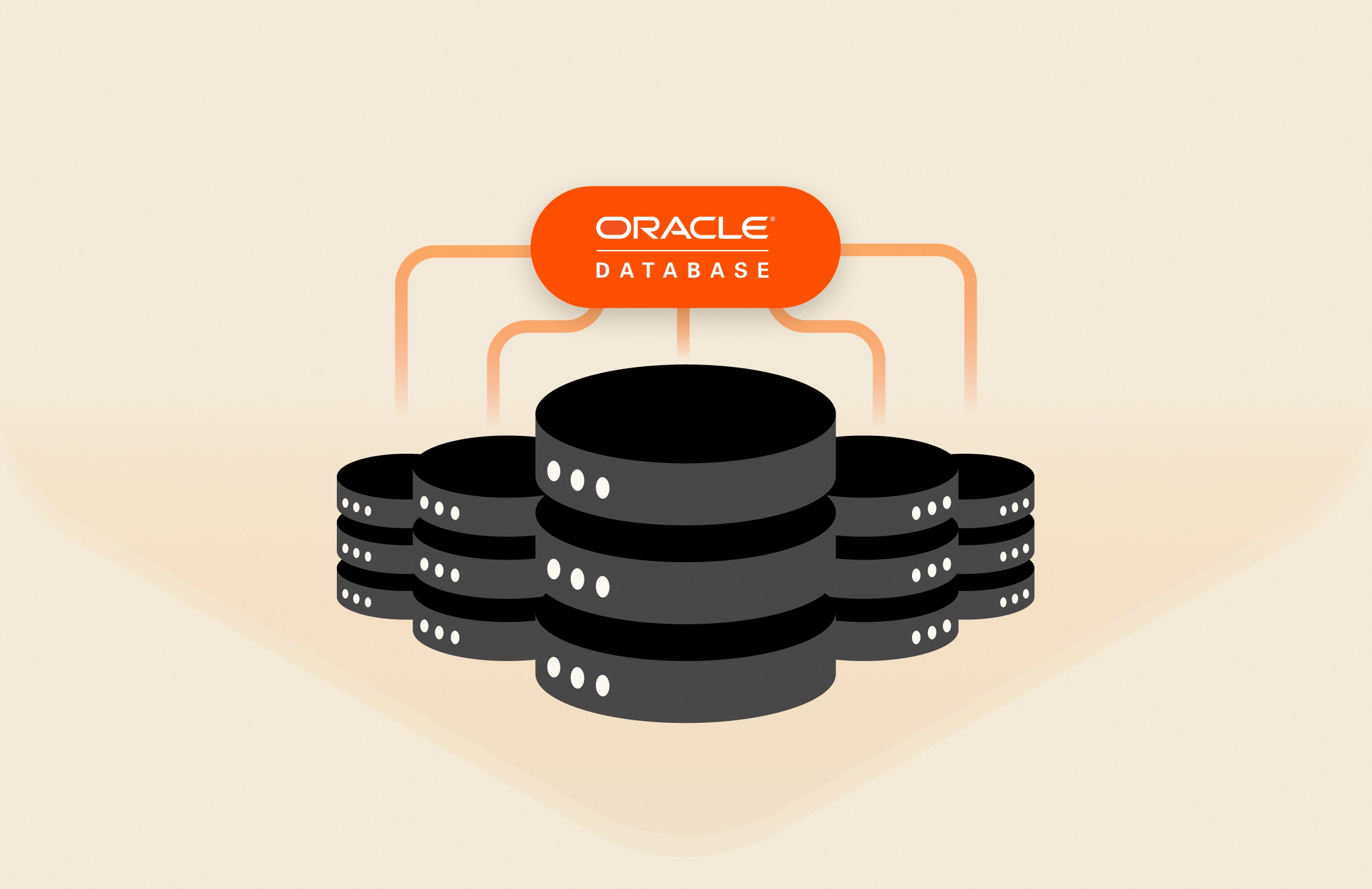
Oracle Database Cloning Using VVols
Learn about VVols from a DBA’s perspective and walk through a use case where an Oracle database is cloned using VVols on Pure FlashArray.
-

12 Reasons Why AI Readiness is the New Imperative
Businesses need to leverage AI for business success, sustainability, and survivability. AI readiness is not an option but an imperative for success now and into the future.
-

Top 9 Considerations for Enterprise AI
AI is top of mind for executives, business leaders, investors, and most workplace employees. This article looks at some key considerations to think about for enterprise AI.
-

Announcing Secure Multi-tenancy for Purity—the First Step to Secure Application Workspaces with Pure Storage
Secure multi-tenancy (SMT) with shared infrastructure is now available with FlashArray and with FlashBlade later this year.
-
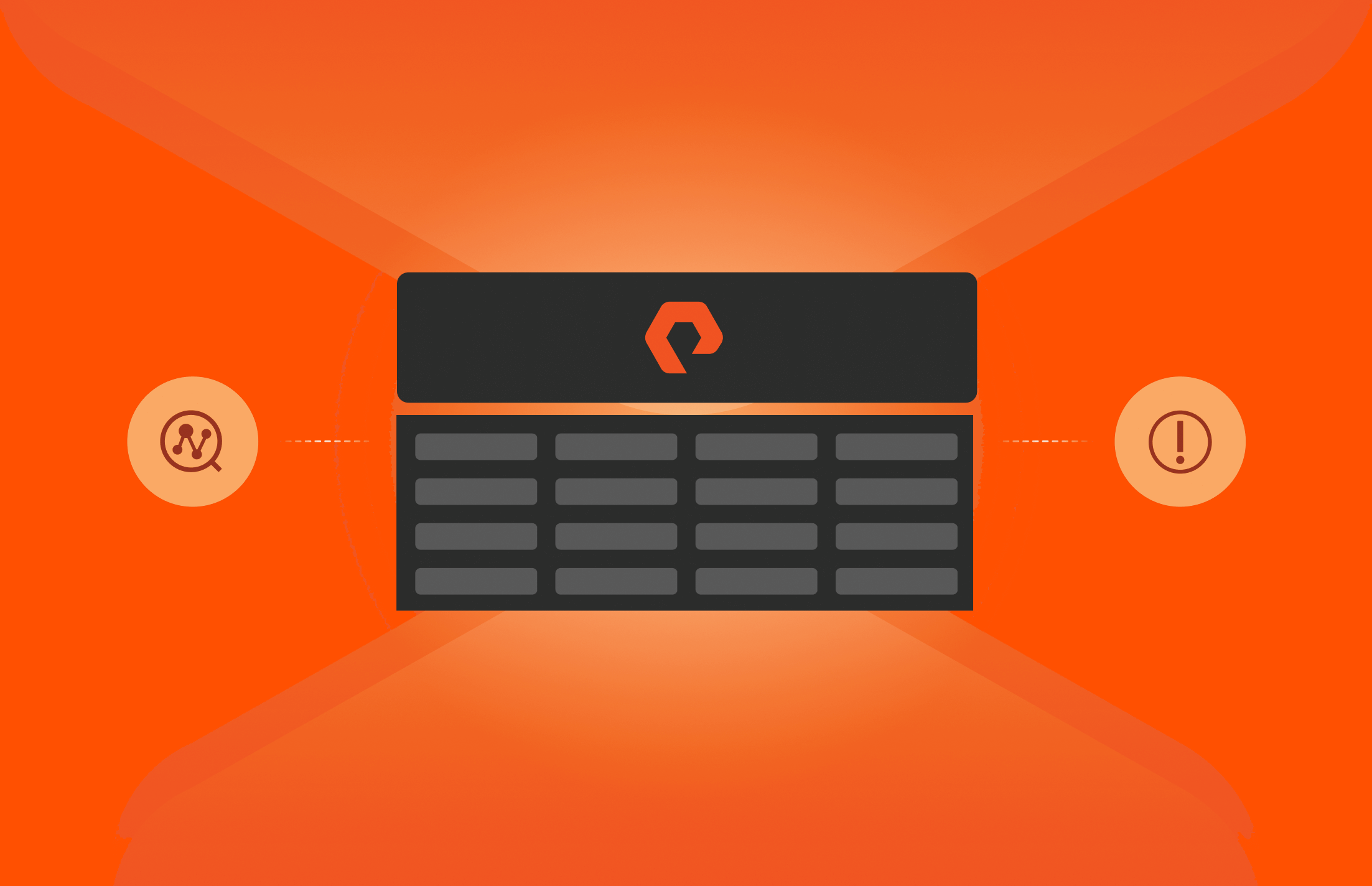
Monitoring Snapshot Space Consumption with FlashArray™
In this use case, we look at how FlashArray monitors snapshot space consumption, enables usage alerts, and offers predictive planning.
-
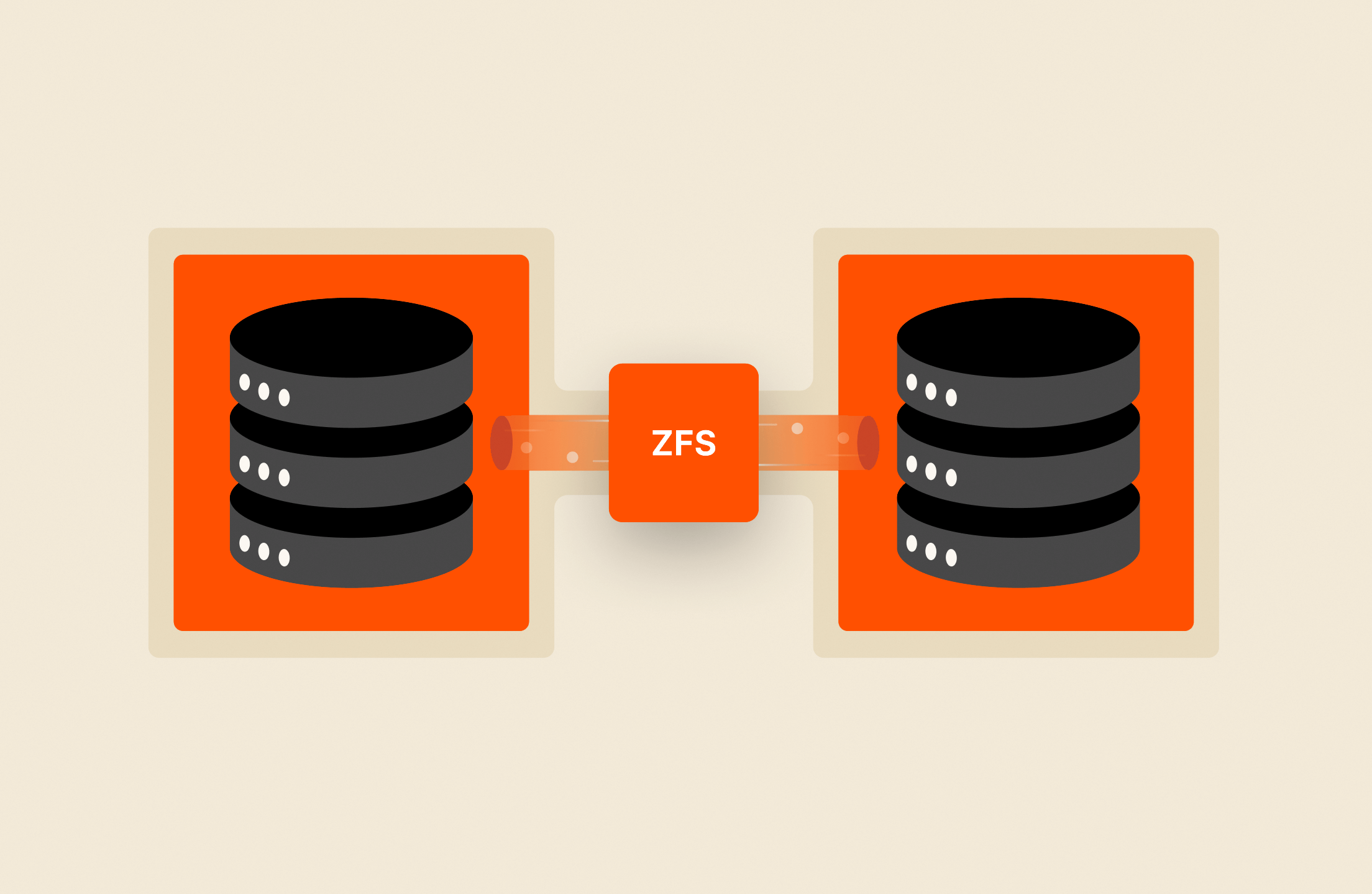
Database cloning with ZFS
Learn about database cloning using ZFS in this comprehensive guide, covering benefits, use cases, and initial setup steps.
-
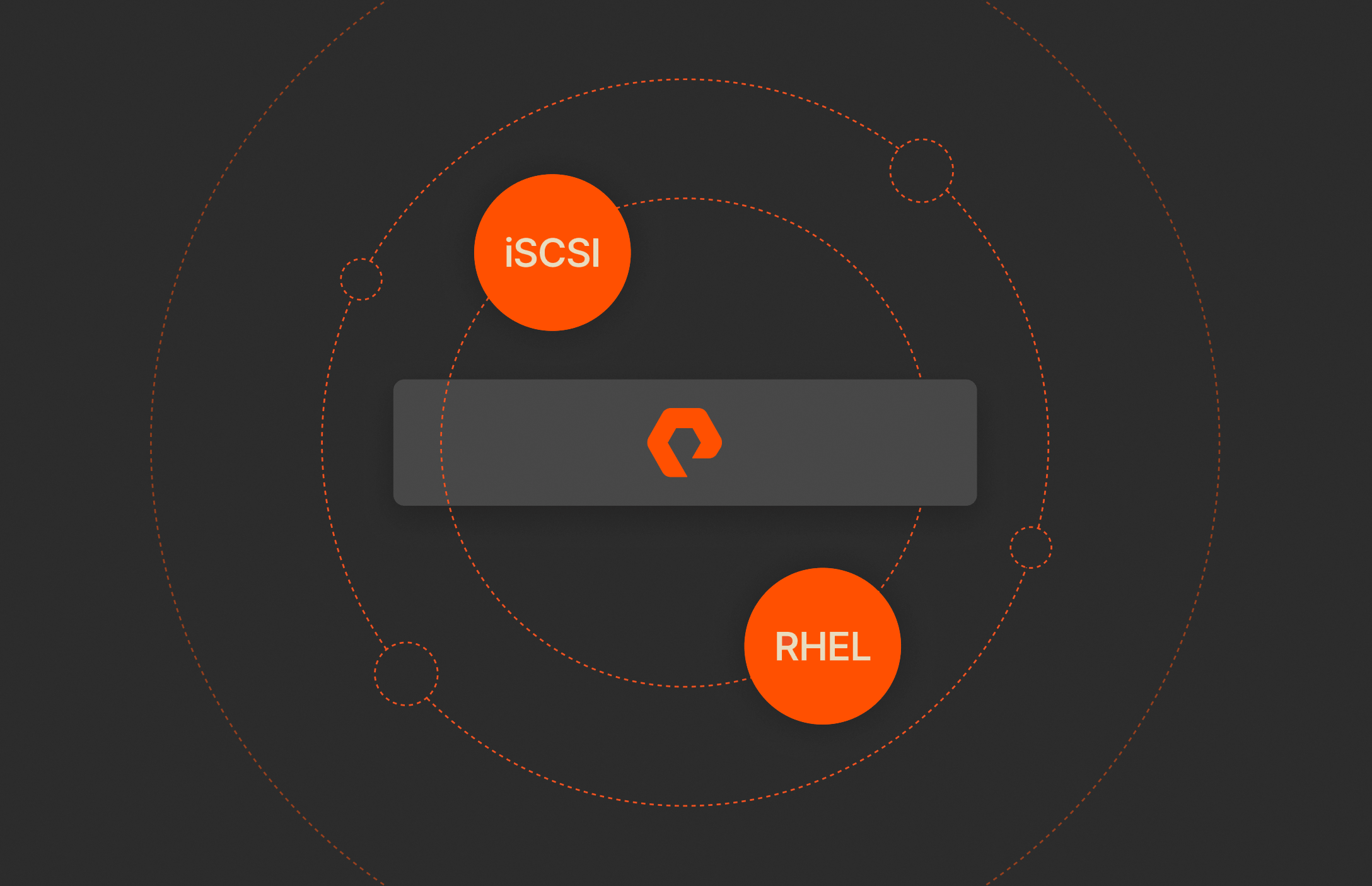
iSCSI Setup with FlashArray
This blog post covers the steps required to connect FlashArray volumes over iSCSI on RHEL variant Linux systems (RHEL, Oracle Linux, CentOS).
-

Try the Pure1 Security Assessment
Both the Data Protection Assessment and newly introduced Security Assessment in Pure1 help ensure your FlashArray and FlashBlade configurations meet Pure Storage’s leading practices for data resiliency.
-
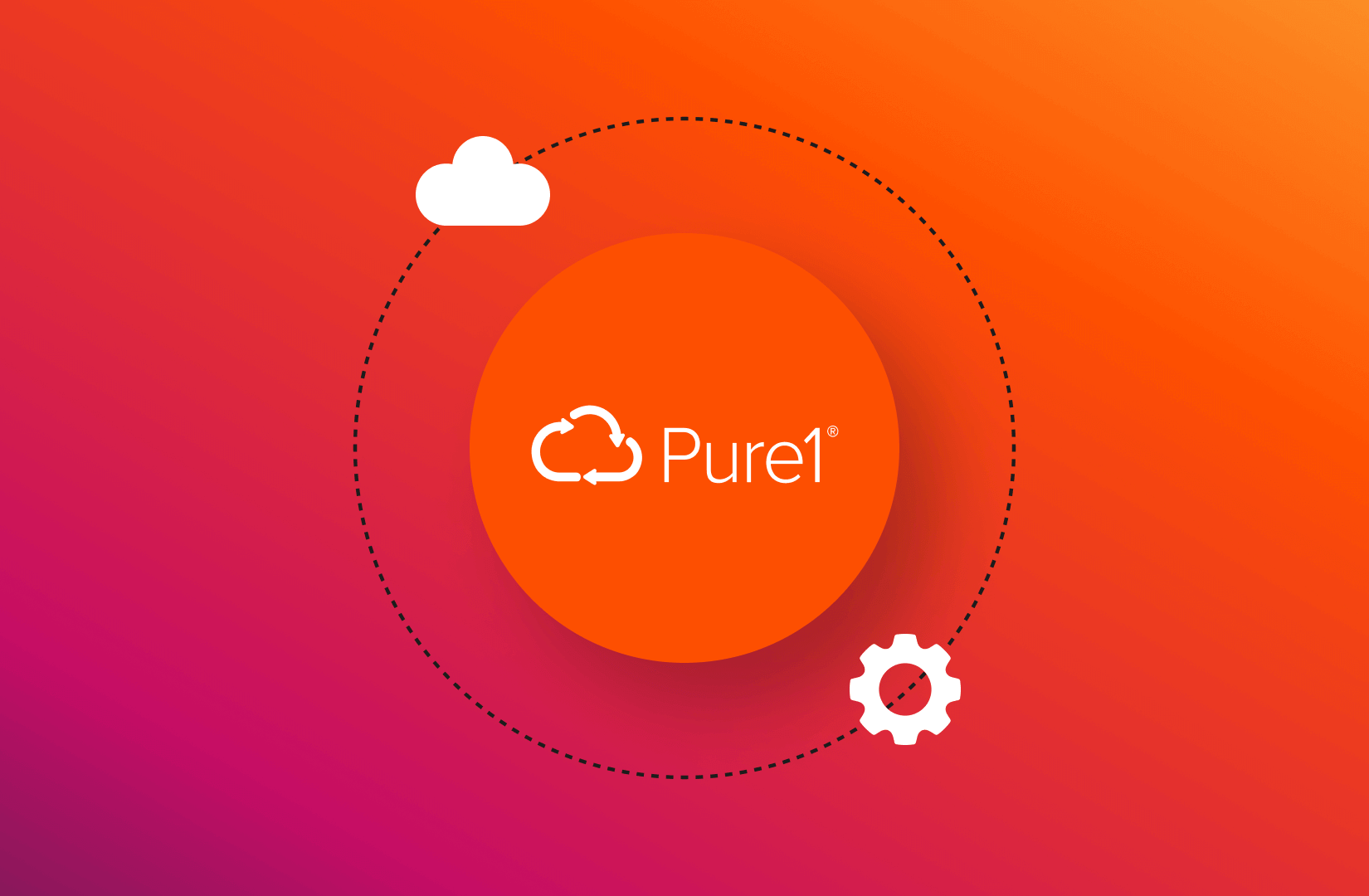
Enhanced Anomaly Detection in Pure1
Explore the extended capabilities of Pure1 anomaly detection, now encompassing not only Data Reduction Ratios (DRR) but also latency and object counts for volumes and snapshots. This advanced monitoring helps identify unusual operations or potential attacks across your Pure Storage platform.
-
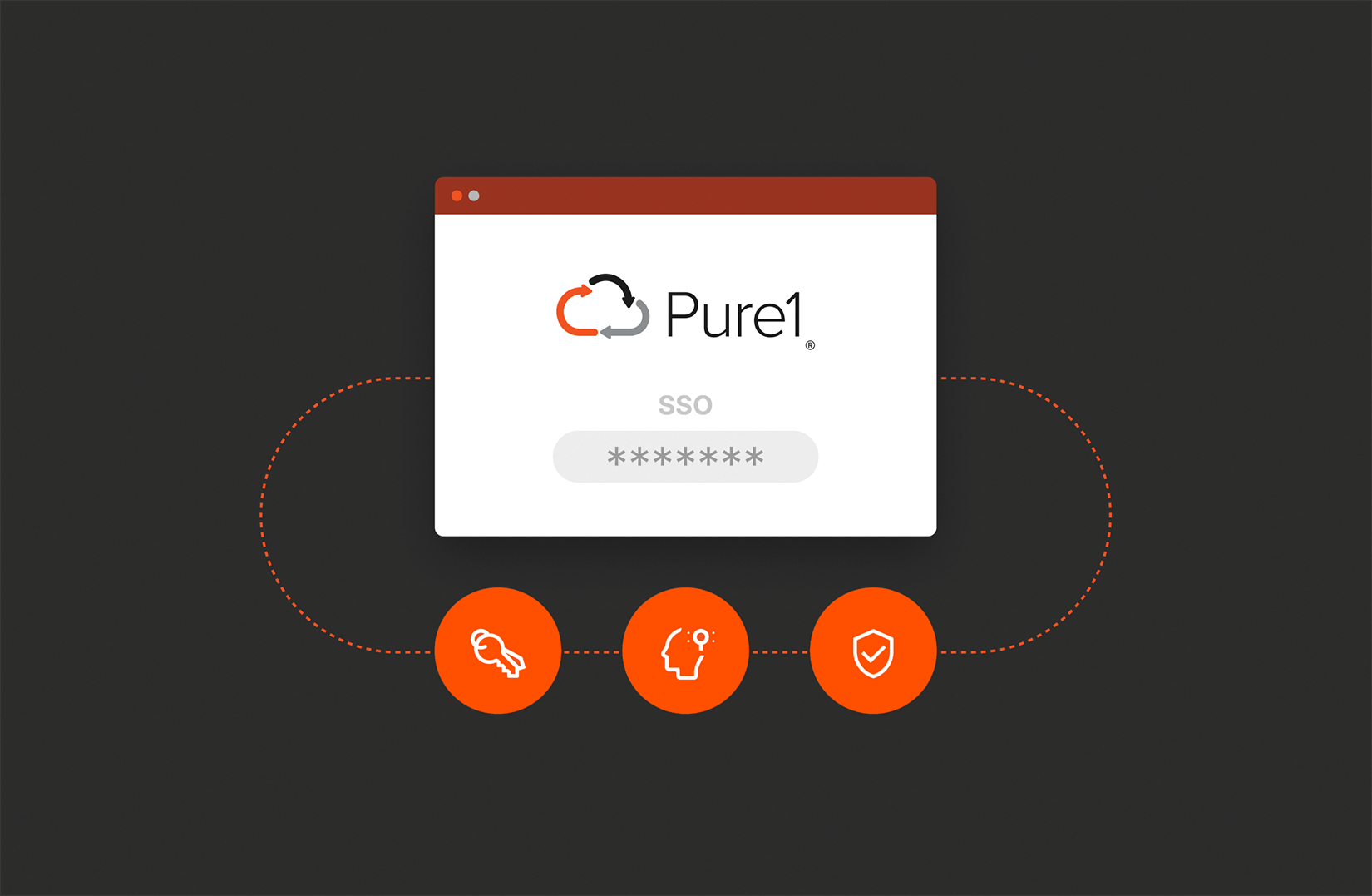
Enhanced Security and Organization Management with Single Sign-On in Pure1
Single Sign-On integration with Pure1 enhances your security and simplifies organization management.
